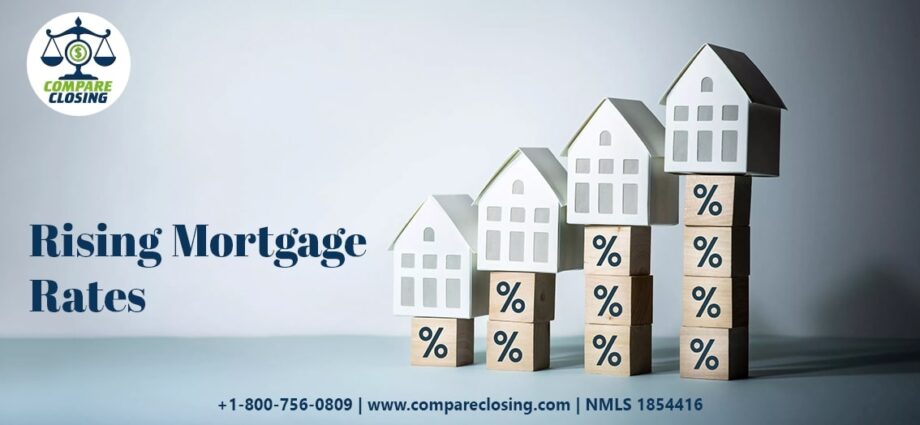Warning: Undefined variable $custom_content in /home4/comcompare/public_html/mortgagenews/wp-content/plugins/code-snippets/php/snippet-ops.php(582) : eval()'d code on line 10
Latest posts by Amanda Byford (see all)

Home loan refinancing is very popular in the heart of the pandemic as interest rates have fallen to recent record lows.
But things have changed now and it costs more to get a refinance loan. In fact, as of July 24, 2022, the average refinances rate for a 30-year fixed-rate loan was 5.769%.
With rates over 5%, many people who have taken out a mortgage in recent years are finding that securing a new loan is now more expensive than their existing loan.
In these circumstances, refinancing is usually not justified, as the goal is to make the debt more affordable. But even with very high rates, there are three main reasons why refinancing can sometimes make sense.
There are two types of mortgage loans: fixed rate loans and adjustable rate loans. Unlike fixed-rate loans, ARMs have rates tied to a financial index and can begin to adjust after the initial lead period.
This is where the price that the buyer offers first is locked in. And if you have an ARM, for example, your rate can start moving with the financial index after three years, five years, seven years, or 10 years, depending on the terms of the loan.
Once your ARM starts to adjust, there’s a risk that your rates will go up—and continue to go up over time.
If you don’t want to deal with an annual rate adjustment and your repayments may increase each time this happens, you can refinance near the end of the first period your loan is locked in.
When you refinance a fixed-rate loan, the new mortgage you get may be higher than your current ARM rate—especially now that rates are above 5%.
But it’s probably better to lock in the current rate than risk your loan getting more expensive with every adjustment in the coming years.
Refinancing can also make sense if you want to use the equity in your home to get money for other things.
You can take out a second mortgage or home equity line of credit to get cash from your home.
However, these types of loans tend to have higher interest rates than a regular mortgage, and the interest isn’t always deductible even if you file your taxes because it depends on what you use the income from the debt for.
You may decide that it is better to take out a cash-out refinance, which means you get a new loan that will be used to pay off your existing loan and also give you more money.
Finally, the last big reason you want to refinance even at current rates is that you have to stop paying for mortgage insurance.
Mortgage insurance is required when you are paying a down payment on a home. Lenders typically foreclose when your loan balance falls below a set percentage of your home’s current value, but that doesn’t happen in all cases because some loans—especially FHA loans—require mortgage insurance to be paid throughout the life of the loan.
If you currently have a lot of equity in your home, you may want to consider refinancing so you can opt for a loan that doesn’t require you to pay those ongoing mortgage insurance fees. In any of these situations, it can make financial sense to get a new home loan – even at today’s rates. So it’s important to remember that a refinancing rate of more than 5% doesn’t necessarily mean that it’s not worth looking at a new loan.
Reference Source: The Ascent
© All Right Reserved. 2022 | Compare Closing LLC | NMLS 1854416